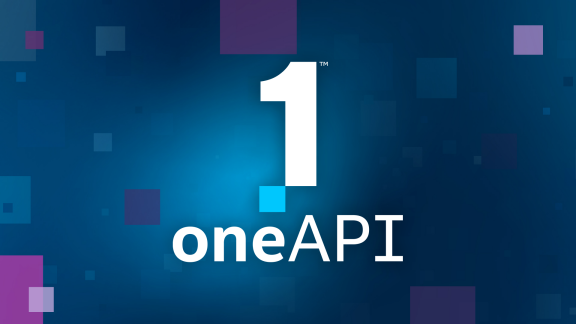Breaking Nvidia’s AI Dominance: A Software Revolution
4/14/2024
Breaking Nvidia’s AI Dominance: A Software Revolution
Nvidia, the tech giant with a staggering $2.2 trillion market cap, owes much of its success to artificial intelligence (AI) chips. These chips power everything from cutting-edge startups to industry giants like Microsoft, OpenAI, and Google’s parent company, Alphabet. But there’s more to Nvidia’s supremacy than just hardware.
The Hidden Arsenal: 20 Years of Code
Beyond its powerful chips, Nvidia boasts nearly two decades’ worth of computer code. This treasure trove of software keeps developers tethered to Nvidia’s ecosystem, making it nearly impossible for competitors to break through. Over 4 million global developers rely on Nvidia’s CUDA software platform to build AI applications and other software.
The Coalition Against Nvidia
Now, a coalition of tech heavyweights—Qualcomm, Google, and Intel—has set its sights on dismantling Nvidia’s stranglehold. Their secret weapon? Targeting the very software that binds developers to Nvidia chips. This growing group aims to level the playing field by creating an open-source suite of tools that can power various AI accelerator chips, regardless of the underlying hardware.
The UXL Foundation: A Game-Changer
The UXL Foundation, an open-source project, plans to liberate developers from vendor lock-in. Using Intel’s OneAPI as a starting point, they’re building software that transcends chip boundaries. Imagine code that runs seamlessly on any machine, regardless of the hardware it relies on. Google, a founding member of UXL, is actively shaping the project’s technical direction.
What’s Next?
The UXL technical steering committee is finalizing specifications, and by year-end, they’ll have a mature solution. But it doesn’t end there. UXL aims to collaborate with cloud-computing giants like Amazon and Microsoft’s Azure, along with additional chipmakers. The goal? A solid foundation for an open ecosystem that empowers developers and promotes hardware choice.
In this race to break Nvidia’s grip on AI, software innovation is the key. The battle lines are drawn, and the UXL Foundation is leading the charge. Stay tuned for a future where AI knows no bounds.
